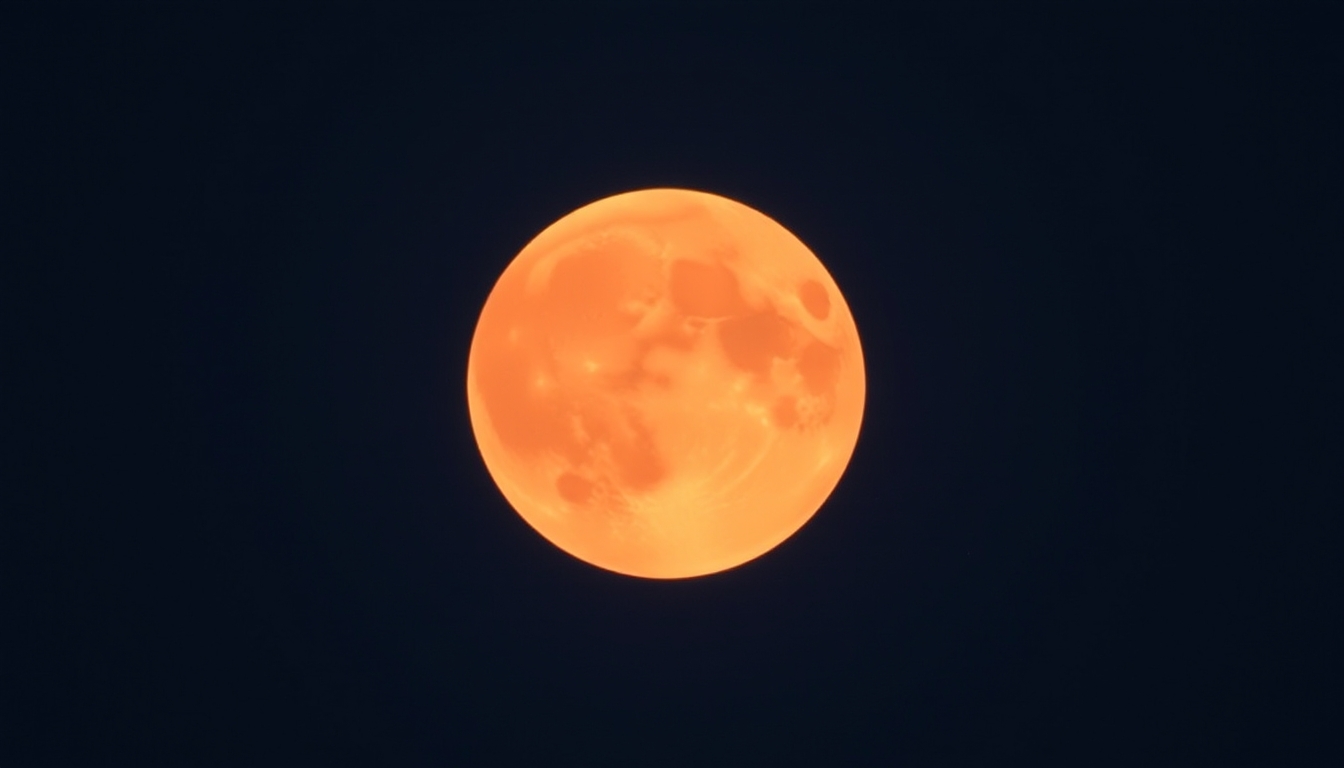Fri, 20 September 2024 02:56:47am
Related Tags: supermoon, lunar eclipse September 2024, partial lunar eclipse, astronomical events, moon gazing
Don’t Miss It! Supermoon and Partial Lunar Eclipse Set to Dazzle Night Sky
Don’t Miss It! Supermoon and Partial Lunar Eclipse Set to Dazzle Night Sky
Get ready for a celestial spectacle that will light up and darken the night sky on Tuesday! A supermoon combined with a partial lunar eclipse promises an extraordinary view, making it a must-see event for skywatchers across the Western Hemisphere. As the Earth’s shadow gently obscures part of the moon, this astronomical phenomenon serves as a stunning reminder of our place in the vast cosmos.
On Tuesday night, stargazers will be treated to a mesmerizing display as a supermoon coincides with a partial lunar eclipse. This rare alignment offers a unique opportunity to witness one of the most spectacular astronomical events of the year.
The partial lunar eclipse will unfold between 8:41 p.m. Eastern Time and 12:47 a.m. Wednesday, with the peak of the eclipse occurring at 10:44 p.m. The event will be visible across the United States, Canada, Latin America, the Caribbean, Africa, and Europe. Bruce Betts, the chief scientist at the Planetary Society, is set to enjoy the show from his Pasadena, California home, calling it a chance to experience the “three-dimensional nature of everything.”
A lunar eclipse happens when the Earth aligns between the sun and the moon, casting its shadow on the lunar surface. Unlike the solar eclipses where the moon obscures the sun, this partial lunar eclipse will see only a portion of the moon covered by Earth’s shadow. There are three types of lunar eclipses: penumbral, total, and partial. The penumbral eclipse, which occurred in March, only slightly dims the moon. A total eclipse results in a dramatic “blood moon,” where the entire lunar surface turns red. The partial eclipse, which will be visible tonight, darkens a section of the moon, giving the illusion of a “bite” taken out of it.

Dr. Betts advises to manage expectations, noting that only about 3.5% of the moon’s surface will be obscured. Despite this, he insists it is worth watching, especially if the skies are clear. He also suggests taking the time to observe other celestial features like planets and constellations while stargazing.
The lunar eclipse will be visible to anyone on the night side of the Earth, with the best views in darker locations. The event will be visible to the naked eye, though binoculars or a telescope can enhance the experience. The most dramatic phase of the eclipse, where Earth’s umbra covers part of the moon, will last about an hour. The penumbral phases will each last approximately an hour and a half.
September’s full moon is a supermoon, which occurs when the moon is at its closest point to Earth, making it appear larger and brighter. This month’s supermoon is the second of four consecutive supermoons this year, following the blue moon of August 19. The next supermoons will occur on October 17 and November 15.
Looking ahead, lunar eclipses are always followed by solar eclipses. The next solar eclipse, an annular type, will take place on October 2, visible only from the Pacific Ocean and parts of South America.
Key Points:
- A supermoon and partial lunar eclipse will be visible on Tuesday night.
- The eclipse will occur between 8:41 p.m. ET and 12:47 a.m. Wednesday, with the peak at 10:44 p.m.
- Visible across most of the Western Hemisphere and parts of Africa and Europe.
- The partial eclipse will darken about 3.5% of the moon’s surface.
- September’s supermoon is the second of four this year, with future supermoons on October 17 and November 15.


